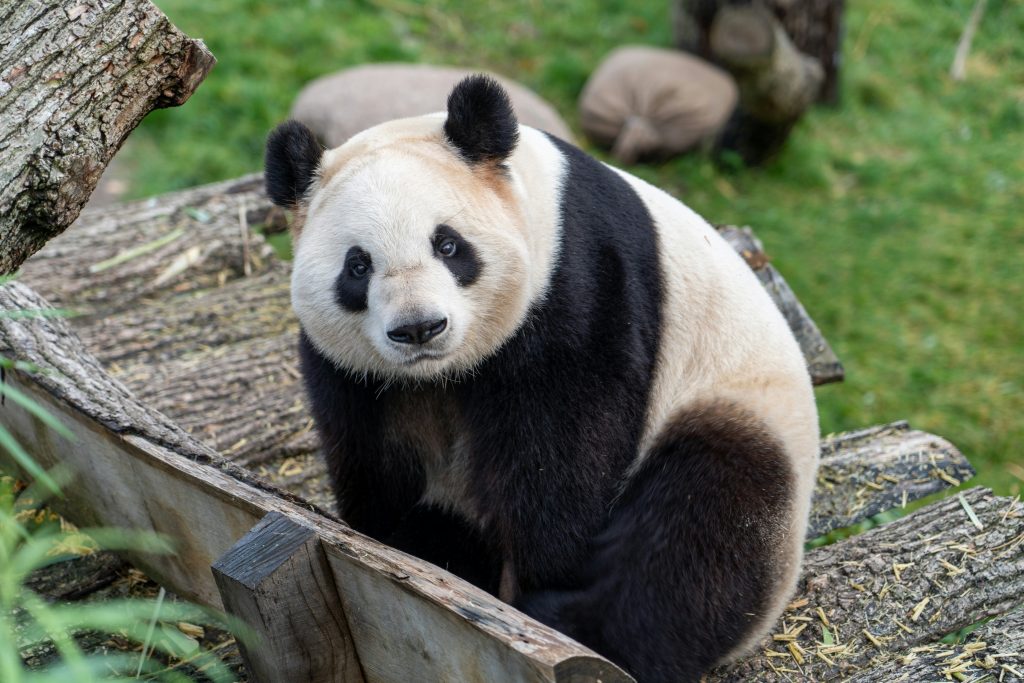
Chengdu Highlight-Chengdu, the capital of Sichuan province, is one of those rare cities that feels both timeless and buzzing with life. Tucked away in southwestern China, it’s a place where you can watch pandas munch bamboo in the morning, slurp spicy noodles by noon, and lose yourself in a teahouse by dusk. I’ve wandered its streets, tasted its fiery cuisine, and soaked in its laid-back charm—let me take you through what makes Chengdu so unforgettable. From its geography to its food, culture, and how to get around, here’s your insider’s guide to this gem of a city.
Where Chengdu Sits and Who Calls It Home
Chengdu sprawls across the Sichuan Basin, a lush, fertile plain ringed by mountains that give it a cozy, tucked-away feel. It’s about 1,900 kilometers southwest of Beijing, with the Min River winding nearby, keeping the land green and the air fresh. Those mountains don’t just frame the city—they shape its relaxed pace, setting it apart from the hustle of China’s eastern megacities.
Home to over 16 million people, Chengdu is big but doesn’t feel overwhelming. Most folks here are Han Chinese, though you’ll spot Tibetan, Yi, and Qiang influences, especially toward the edges of the city. The locals are famously friendly—always ready with a smile or a mahjong tip if you join them at a park table. In recent years, Chengdu’s tech boom and creative vibe have drawn a wave of young professionals, blending new energy with old traditions.
The Weather: When to Pack Your Bags
Chengdu’s subtropical climate means mild temperatures year-round, but it’s got its quirks. Summers (June to August) hover around 30°C (86°F) and feel sticky, though regular rain keeps it from being unbearable. Winters (December to February) are cool and damp—rarely below freezing, but the lack of central heating can make you shiver indoors. Bring layers!
The sweet spots are spring (March to May) and autumn (September to November). Spring paints the city with blossoms and comfy 15-25°C days, while autumn brings crisp air and blue skies—ideal for temple-hopping or hiking nearby hills. Fair warning: Chengdu is cloudy a lot, with over 200 rainy days annually. The misty vibe suits its poetic side, though, so pack a light raincoat and embrace it.
Food That’ll Steal Your Heart
If you love food—and don’t mind a little heat—Chengdu is paradise. Sichuan cuisine rules here, packing a punch with chilies and numbing Sichuan peppercorns. Here’s what you can’t miss:
- Hot Pot: Picture a steaming pot of broth—spicy red or gentle clear—where you dunk everything from beef slices to mushrooms. It’s loud, messy, and totally addictive.
- Mapo Tofu: Silky tofu swimming in a fiery, garlicky sauce with bits of pork. Every bite’s a flavor bomb—my favorite comfort dish after a long day.
- Kung Pao Chicken: Stir-fried chicken with peanuts and dried chilies, zinging with that peppercorn tingle. It’s a classic for a reason.
For a street food fix, hit Jinli Street or Kuanzhai Alley. Skewer up some Chuan Chuan (spicy meat or veggies dunked in broth) or dig into Dan Dan noodles—tangy, spicy, and slurp-worthy. Feeling adventurous? Try rabbit head, a local favorite. If spice isn’t your thing, sweet rice cakes or steamed buns offer a gentler taste of Chengdu.
Sights You Can’t Skip
Chengdu’s got a little bit of everything—nature, history, and pandas galore. Here’s where to point your camera:
- Chengdu Research Base of Giant Panda Breeding: Pandas tumbling, napping, or chowing down on bamboo—it’s as cute as it sounds. Get there early; they’re liveliest in the morning.
- Wuhou Shrine: A serene temple honoring Three Kingdoms heroes, with gardens perfect for a quiet wander. It’s history you can feel.
- Jinli Street: Old-style buildings, glowing lanterns, and stalls hawking snacks and trinkets. It’s touristy, sure, but the nighttime buzz is worth it.
- Mount Qingcheng: A short trip out of town, this Taoist mountain has trails, ancient shrines, and killer views. Pack your hiking shoes.
For something off the beaten path, check out the Dujiangyan Irrigation System. This 2,000-year-old marvel still waters the plains—and it’s quieter than the big-name spots.
Culture: The Art of Slow Living
Chengdu’s soul is in its pace—unhurried and warm. Teahouses are everywhere, like Heming Teahouse in People’s Park, where locals sip jasmine tea, play cards, or just chat for hours. I’ve spent whole afternoons there with a single cup, watching life unfold—it’s the Chengdu way.
Then there’s Sichuan opera, a wild mix of music, dance, and stunts. It’s less stiff than Peking opera, with acrobatics and a famous face-changing trick that’ll leave you baffled. Catch it at Shufeng Yayun Teahouse for the full experience. The city’s love for leisure and art spills into daily life—parks hum with tai chi groups, and street musicians pop up when you least expect it.
Performances That Wow
Sichuan opera is the star here. The face-changing act—where performers flip through masks in a flash—is pure magic. Add in fire-spitting and puppetry, and you’ve got a night you won’t forget. Shows at smaller teahouses feel intimate, like you’re in on a secret.
For a modern twist, Chengdu’s music scene is picking up steam. Places like Little Bar host indie bands and folk singers—raw, real, and a fun peek at the city’s younger side.
Getting Around Like a Local
Chengdu’s transport is a breeze once you get the hang of it. The metro is your best bet—cheap (from 2 yuan), fast, and English-friendly with signs and maps. It hits most key spots, though it jams up during rush hour (7:30-9 a.m. and 5-7 p.m.).
Buses crisscross the city and cost next to nothing, but routes are mostly in Chinese—stick to the metro unless you’re fluent. For short hops, grab a bike from apps like Mobike or Ofo; they’re everywhere and easy to use. Taxis are cheap and handy, though traffic can snarl downtown. Heading to the pandas or Mount Qingcheng? A private car or small tour beats juggling schedules.
A Few Tips Before You Go
- Language: English isn’t common, but signs often are. Download a translation app like Pleco—it’s a game-changer.
- Spice Tolerance: Sichuan food doesn’t mess around. Ask for “wei la” (mild) if you need a break, or scout out non-spicy bites.
- Best Time: Spring and autumn win for weather. Summer’s muggy, and winter’s gray but doable.
Why Chengdu Sticks With You
Chengdu isn’t just a stop—it’s a feeling. It’s the panda cuddles, the teahouse chatter, the chili heat lingering on your tongue. You can temple-hop by day and marvel at opera masks by night, all while the city hums along at its own easy rhythm. Bring an open mind (and maybe some Tums for the spice), and Chengdu will charm you silly. Trust me—you’ll leave with stories and a craving to come back.
